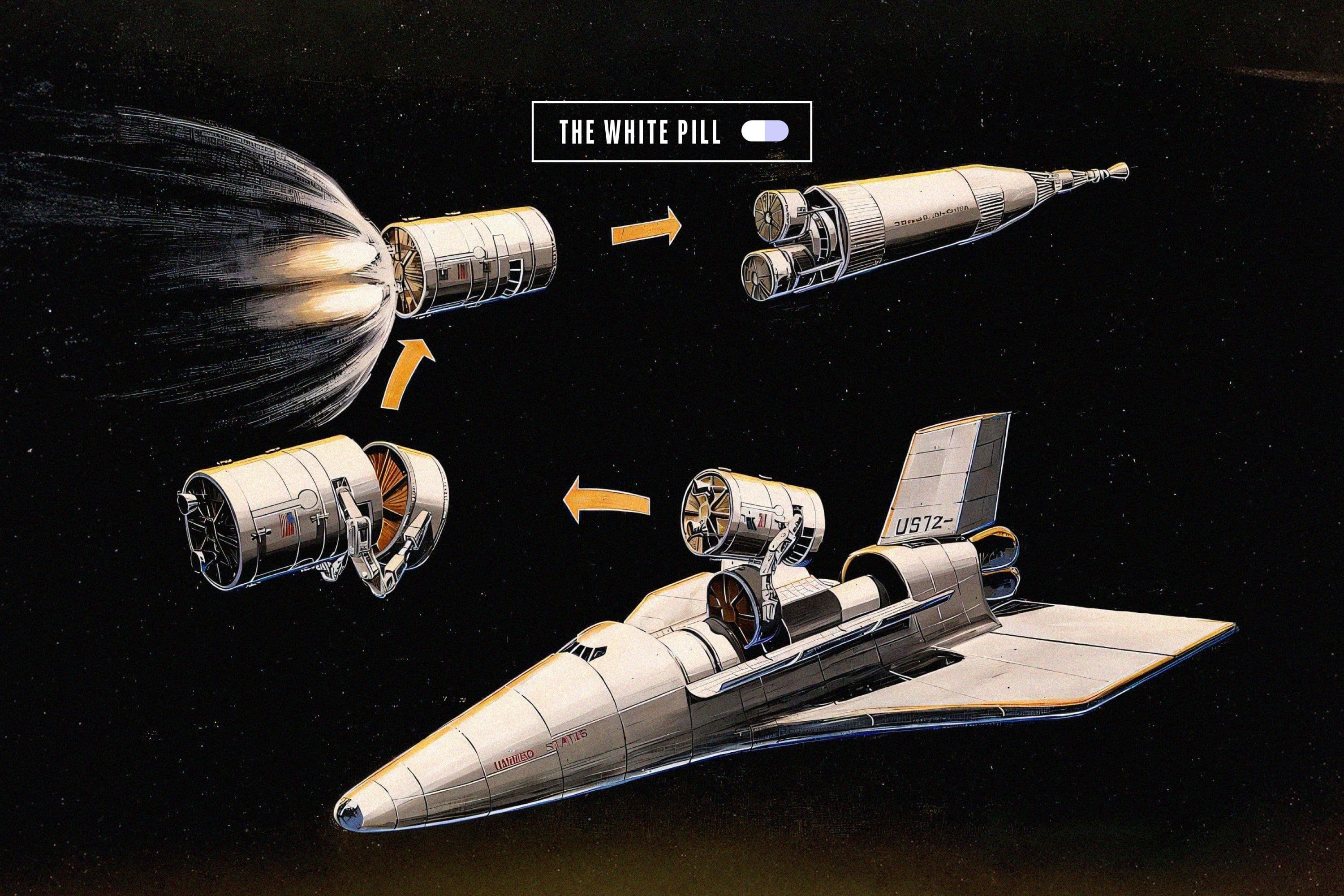
Breaking the Outer Space Treaty and Ascending to the StarsDec 6
a 1967 treaty bans ownership and resource extraction in outer space, preventing colonization and development. we must end it to secure humanity's survival.
Jan 6, 2024

Hey readers, we’re back in your inbox with the first White Pill of 2024. Hope you had a restful break with friends and family. In this issue, we go deep on a few space items: the meaning of a HD cat video sent to Earth from deep space, agricultural discoveries that could help us colonize Mars, and the 2024 slate of NASA’s Innovative Advanced Concepts grant recipients. Our section on energy, engineering, and AI includes updates on Tesla’s Corpus Christi lithium refinery, a mosquito gene drive, and a few more items. In medicine this week, we have an AI that’s 100% accurate at identifying autism in kids by looking at images of their eyes, a new tool called “molecular jackhammers” to battle cancer, and more. Also in this issue (of course): the White Pill Investment Index, and fun stuff at the end.
And please don’t forget, White Pill has a Twitter account. Follow, like, share, retweet, even quote tweet if you please.
OK — let’s get to it.